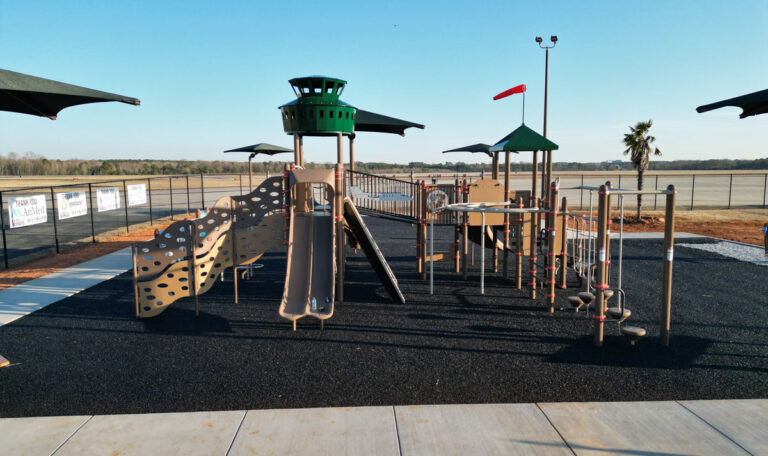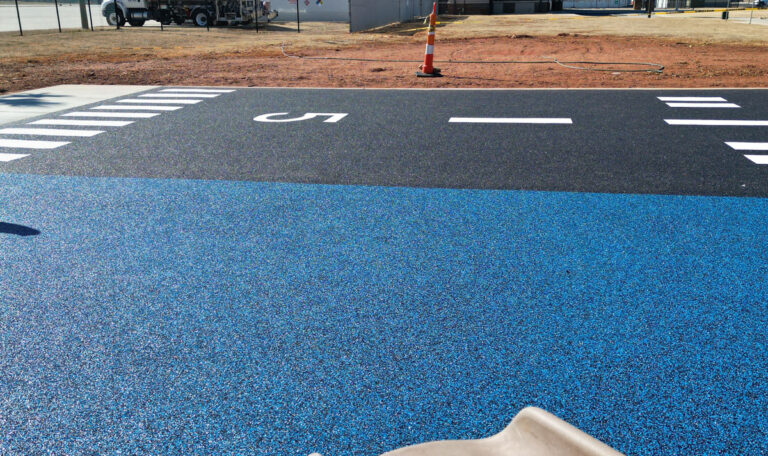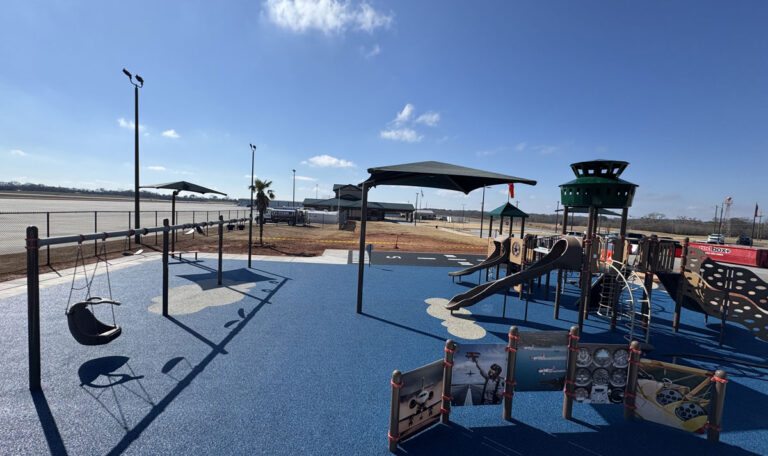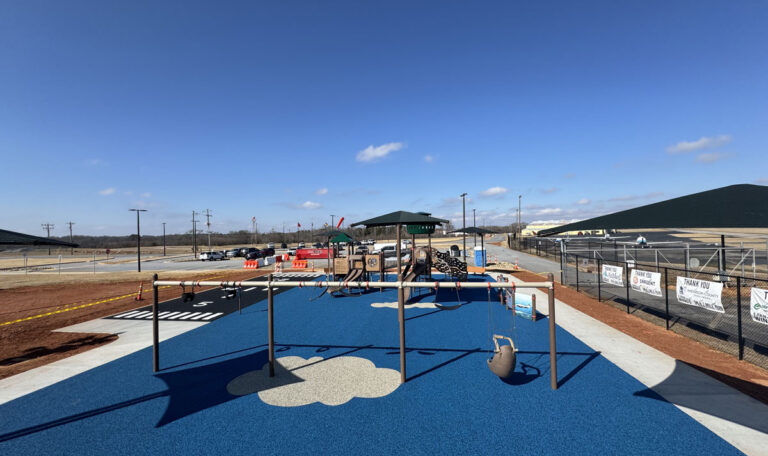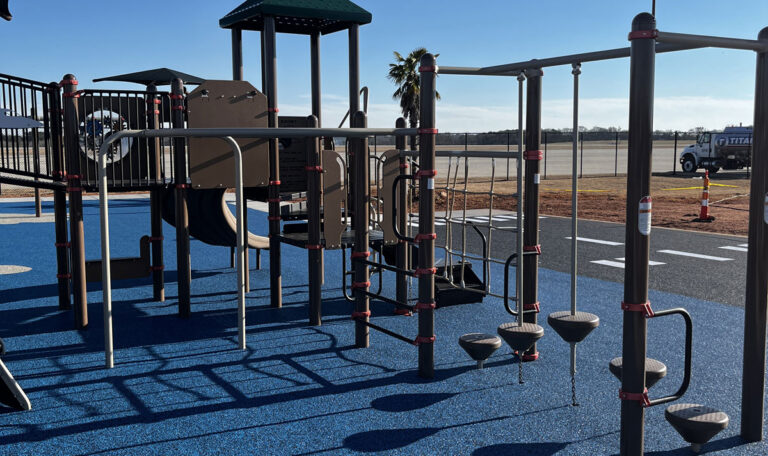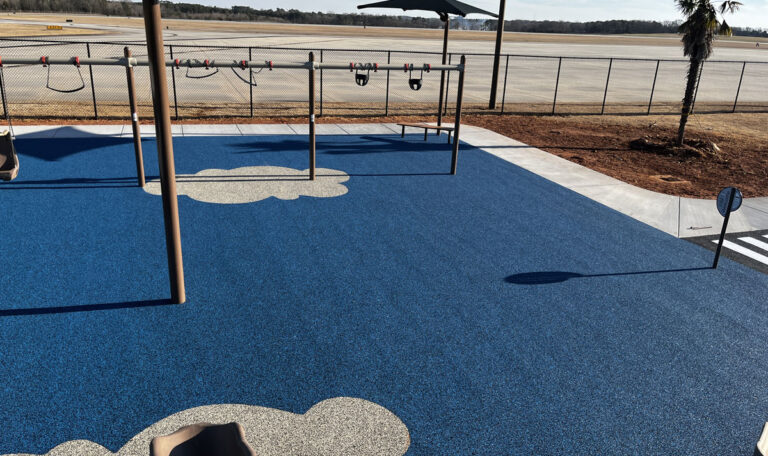Building a safe and long-lasting playground takes careful planning, and one key factor to consider is the rubber playground surfacing cost. The right surfacing not only enhances safety but also contributes to the overall look and longevity of the play area. Several factors influence the total cost, from materials to installation and maintenance. Knowing these factors can help you plan your budget wisely for your playground project.
Type of Rubber Material
The rubber playground surfacing cost largely depends on the type of rubber used. There are two main options:
- Poured-in-Place Rubber: This seamless surface provides excellent safety and durability but tends to be more expensive due to labor-intensive installation.
- Rubber Tiles: Pre-manufactured tiles are easier to install and replace, making them a cost-effective choice.
- Rubber Mulch: This loose-fill option is the most affordable but requires occasional replenishing.
Choosing the right material depends on your budget, safety needs, and maintenance preferences.
Factors That Affect Rubber Playground Surfacing Costs
There are several factors that can influence how much you will pay for rubber playground surfacing.
Playground Size and Thickness
The size of the playground directly affects the cost of rubber playground surfacing. Larger areas require more materials and labor, increasing the overall expense. Additionally, the thickness of the surfacing impacts cost. Thicker rubber surfaces provide better impact absorption, reducing injury risks, but they also require more material, making them more expensive.
Installation Costs
Labor costs can vary depending on the complexity of the installation. Poured-in-place rubber requires professional installation, which can drive up costs. On the other hand, rubber tiles and mulch are easier to install, reducing labor expenses. Choosing an experienced contractor ensures a high-quality installation that meets safety standards.
Safety and Accessibility Features
Playgrounds designed to meet ADA (Americans with Disabilities Act) requirements may have higher surfacing costs. Wheelchair-accessible surfaces, ramps, and additional padding increase the rubber playground surfacing cost, but they also enhance inclusivity and safety. Investing in these features ensures that all children can enjoy the play area.
Climate and Weather Conditions
Weather conditions can influence the longevity of rubber surfacing. Areas with extreme temperatures or heavy rainfall may require UV-resistant and water-draining surfaces, which can increase costs. Choosing high-quality materials designed for your local climate can prevent premature wear and reduce long-term maintenance expenses.
Maintenance and Longevity
Long-term costs should be considered when evaluating the rubber playground surfacing cost. While rubber mulch may be cheaper initially, it requires regular replenishment. Poured-in-place rubber and rubber tiles have higher upfront costs but require minimal maintenance, making them more cost-effective in the long run.
Customization and Design Choices
Adding colors, patterns, or logos to rubber surfacing increases the price. Custom designs create a more engaging and visually appealing playground but can add to material and labor costs. Consider balancing aesthetics with budget constraints to achieve the best results.
Contact Us Today
If you’re planning a playground project and need expert advice on the rubber playground surfacing cost, Replay Surfacing Inc. is here to help. We provide top-quality solutions designed just for you. Call us today at (704) 858-3928 to discuss your options and get a free estimate!



